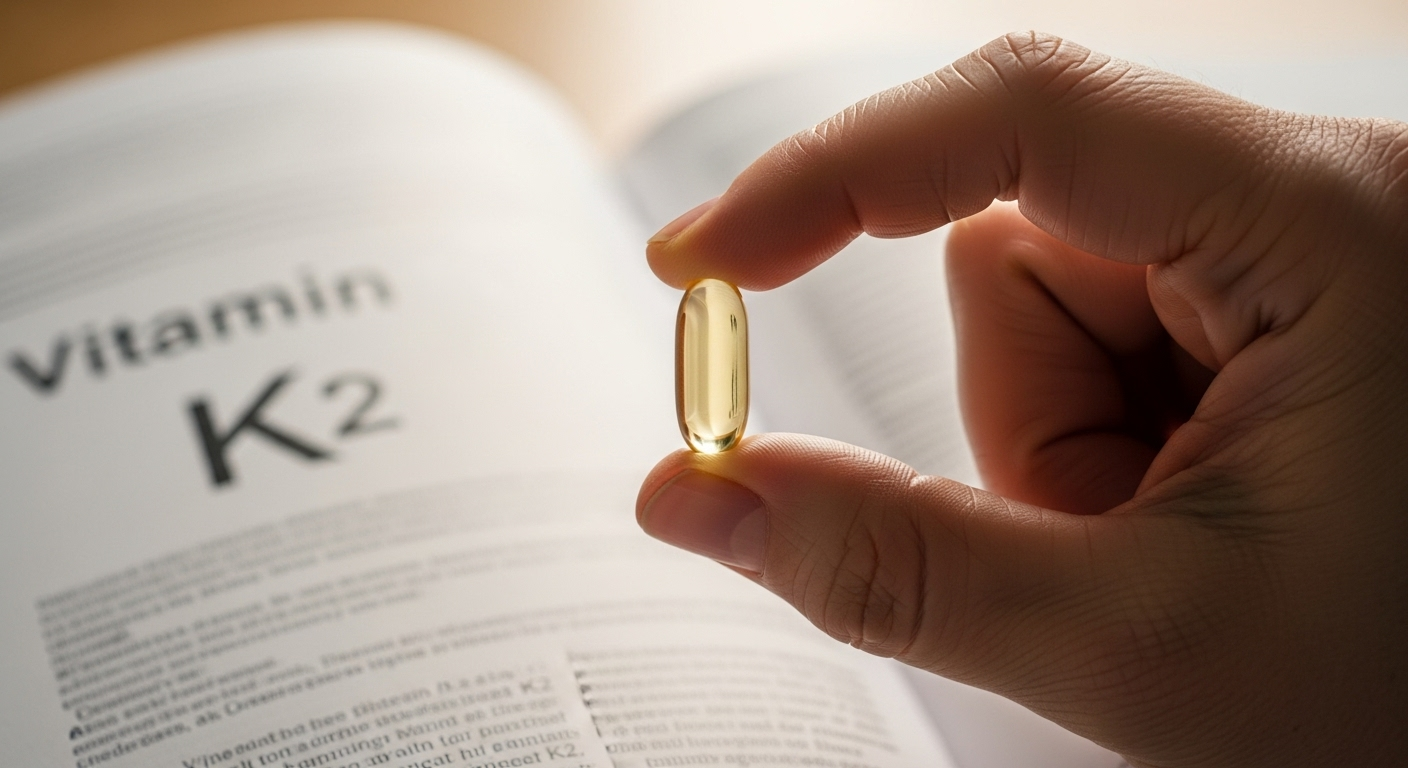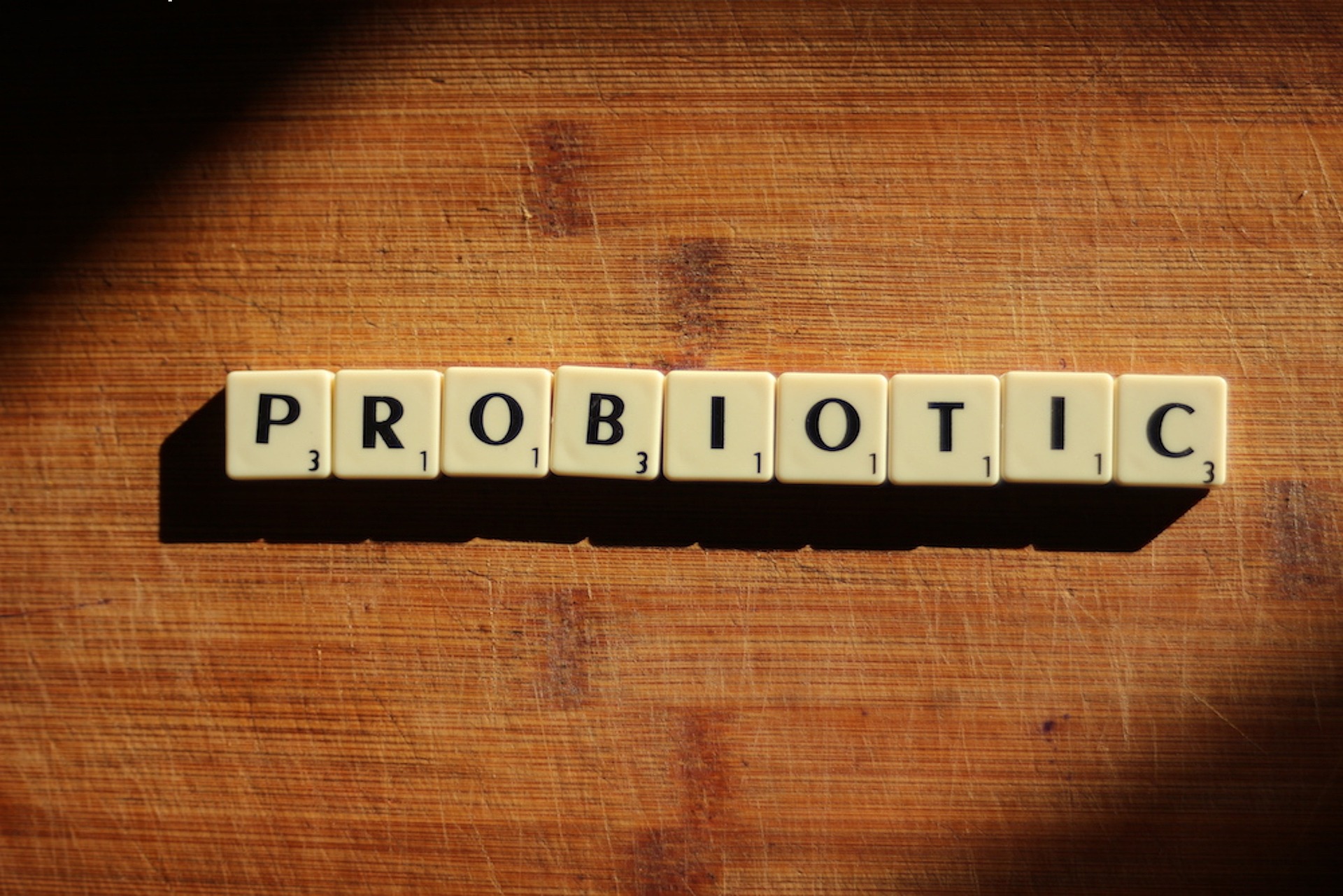Astaxanthin: The Powerhouse Antioxidant from the Deep
Beneath the surface of our oceans lies a potent antioxidant that's been quietly making waves in the world of nutrition and skincare. Astaxanthin, a vibrant red pigment found in marine life, has emerged as a superstar supplement with a wide array of potential health benefits. This carotenoid, produced by microalgae and consumed by sea creatures like salmon and krill, has been hailed as one of the most powerful antioxidants known to science. As research continues to uncover its remarkable properties, astaxanthin is finding its way into everything from dietary supplements to high-end cosmetics, promising to revolutionize our approach to health and beauty from the inside out.

This pigment then makes its way up the food chain, accumulating in the flesh of fish and crustaceans. It’s responsible for the pink hue of salmon and the vibrant red shells of lobsters and shrimp. For centuries, these colorful creatures have been part of human diets, unknowingly providing us with small doses of this powerful antioxidant.
The Antioxidant Superhero
What sets astaxanthin apart from other antioxidants is its exceptional ability to neutralize free radicals and reduce oxidative stress. Studies have shown that astaxanthin is up to 6,000 times more potent than vitamin C and 800 times stronger than CoQ10 in certain antioxidant activities.
Unlike many other antioxidants, astaxanthin can cross the blood-brain barrier and the blood-retinal barrier, potentially offering protective benefits to both the brain and eyes. Its unique molecular structure also allows it to span the entire width of the cell membrane, providing comprehensive protection against oxidative damage.
Beyond Antioxidant: A Multi-Faceted Nutrient
While its antioxidant properties are impressive, astaxanthin’s benefits extend far beyond free radical scavenging. Research has indicated potential applications in various areas of health:
-
Skin Health: Astaxanthin may help protect the skin from UV damage, reduce wrinkles, and improve skin elasticity.
-
Eye Health: Studies suggest it could help prevent eye fatigue and may be beneficial in managing conditions like age-related macular degeneration.
-
Athletic Performance: Some research indicates that astaxanthin might enhance endurance and reduce muscle damage during exercise.
-
Cardiovascular Health: Preliminary studies show potential in improving lipid profiles and reducing inflammation markers associated with heart disease.
-
Neuroprotection: Early research suggests possible benefits in cognitive function and protection against neurodegenerative diseases.
The Bioavailability Challenge
Despite its potent effects, astaxanthin faces a significant hurdle: bioavailability. The human body struggles to absorb and utilize this fat-soluble compound efficiently. This challenge has sparked innovative research into delivery methods to enhance its absorption.
Some strategies being explored include:
-
Lipid-based formulations to improve solubility
-
Nanoencapsulation techniques
-
Combination with other nutrients that may enhance absorption, such as omega-3 fatty acids
As these technologies develop, the potential for astaxanthin to deliver its full range of benefits becomes increasingly promising.
From Sea to Supplement: Sustainable Production
As demand for astaxanthin grows, concerns about sustainability have led to advancements in production methods. While natural sources like krill and salmon remain popular, they raise environmental concerns due to overfishing and the accumulation of oceanic pollutants.
In response, the biotechnology industry has developed methods for cultivating Haematococcus pluvialis in controlled environments. These algae farms use photobioreactors or open pond systems to produce high-quality, contamination-free astaxanthin. This approach not only ensures a consistent supply but also addresses ecological concerns associated with harvesting from wild sources.
The Future of Astaxanthin Research
As interest in astaxanthin continues to grow, researchers are exploring new frontiers in its potential applications. Some exciting areas of ongoing study include:
-
Cancer Prevention: Preliminary research suggests astaxanthin might have anti-cancer properties, potentially inhibiting the growth of certain tumor cells.
-
Immune System Modulation: Studies are investigating its role in enhancing immune function and reducing inflammation.
-
Metabolic Health: Early research indicates potential benefits in managing diabetes and metabolic syndrome.
-
Fertility and Reproductive Health: Some studies suggest astaxanthin might improve sperm quality and egg health.
These emerging areas of research highlight the multifaceted nature of astaxanthin and its potential to impact various aspects of human health.
Navigating the Supplement Landscape
As astaxanthin gains popularity, the market has been flooded with a variety of supplements, each claiming superior benefits. For consumers, navigating this landscape can be challenging. Key considerations when choosing an astaxanthin supplement include:
-
Source: Natural vs. synthetic astaxanthin (natural is generally considered more bioavailable)
-
Dosage: Most studies use doses ranging from 4-12 mg daily
-
Formulation: Look for products that address bioavailability concerns
-
Third-party testing: Certifications for purity and potency
It’s important to note that while astaxanthin shows promise in many areas, more research is needed to fully understand its effects and optimal usage. As with any supplement, consultation with a healthcare professional is advised before beginning use.
In conclusion, astaxanthin represents a fascinating intersection of marine biology, nutritional science, and biotechnology. As research continues to unveil its potential, this powerful antioxidant from the depths of our oceans may well become a cornerstone in our pursuit of better health and longevity. The journey of astaxanthin from obscure pigment to celebrated supplement underscores the importance of continuing to explore the natural world for solutions to our most pressing health challenges.





